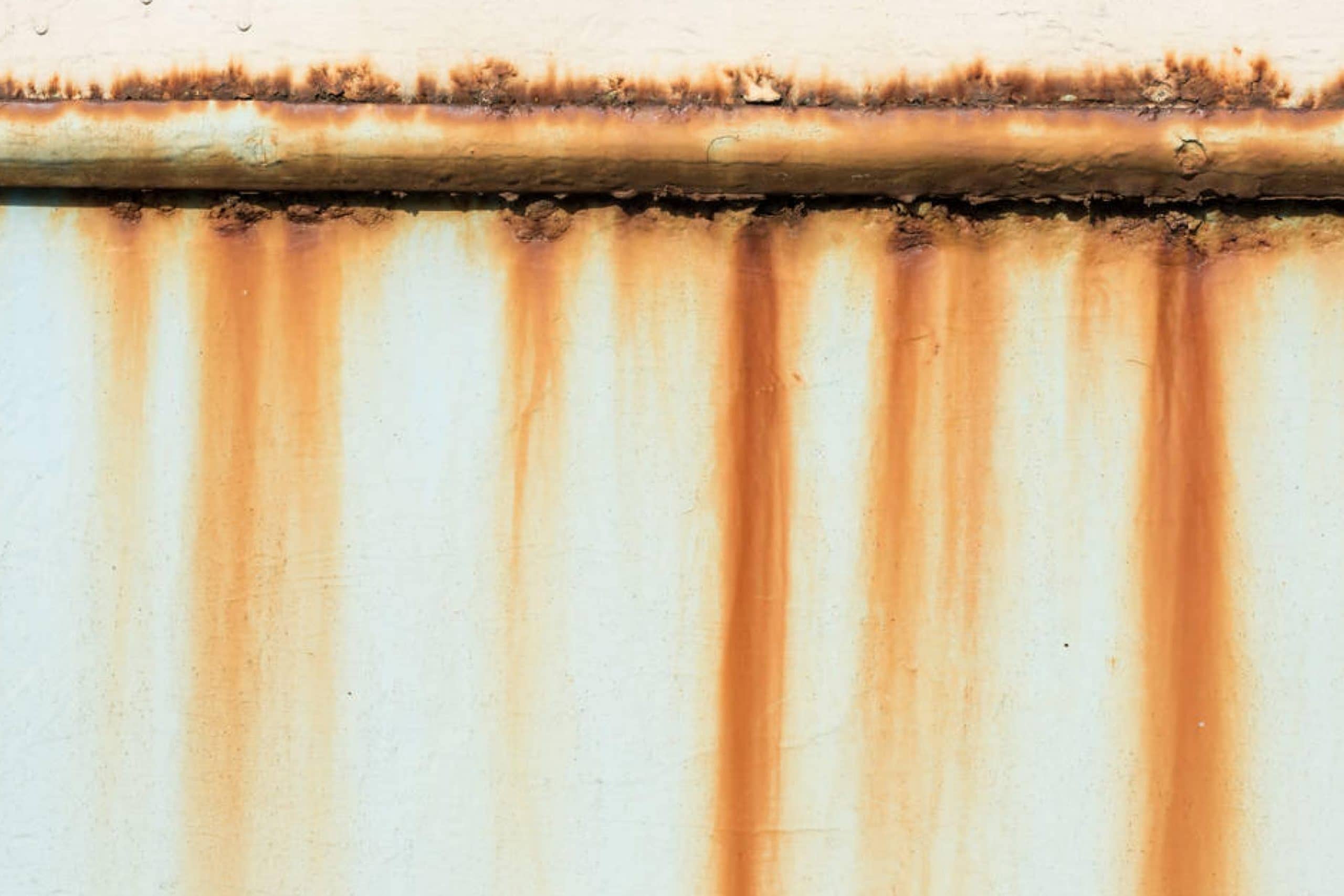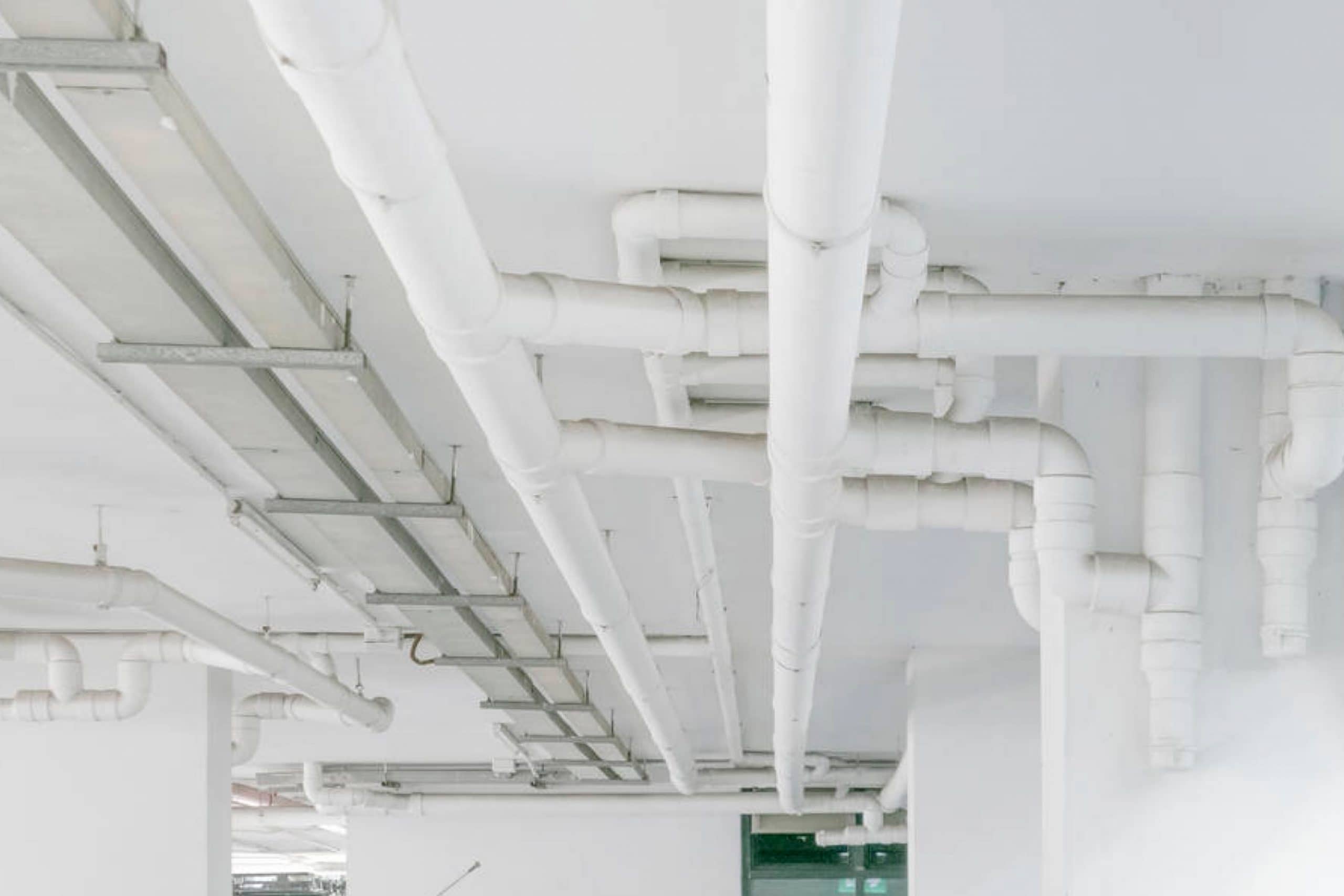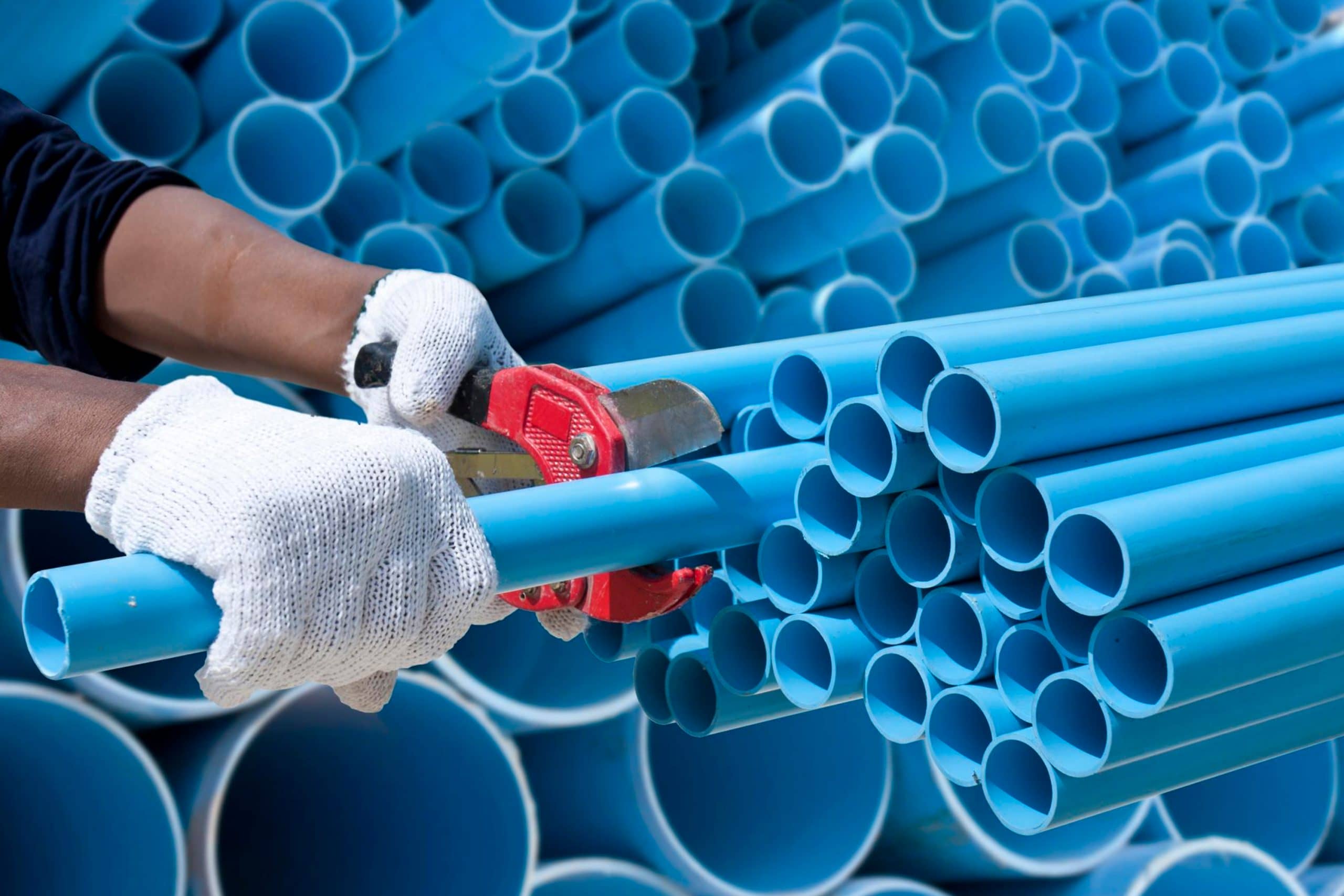If you live in your own house, you definitely already had, still have and – we dare to say – will have various piping issues in future!
Simply because this is what you get when buying or building a house. But if in the majority of cases, a mere fixture or a small repair is enough, it may happen that one day you face the necessity to repipe your entire home!
And naturally, all homeowners want to know what is involved in this procedure, because repiping a whole house sounds like something extremely bothersome, complicated, and both time and money consuming.
However, the truth is that this process is relatively simple.
In this article, we will explain what is involved in repiping a house, how you can know when it is time to do it, and how much time this procedure might take.
What Your Home Repiping Consists Of
A whole-house repiping is indeed a big job that requires time and effort. This is definitely not something that you can complete in a couple of hours! To replace all the old pipes in your house, you will need to replace both cold and hot water supply pipes, as well as waste drainage pipes!
And since many homeowners get terrified by the upcoming process long before it starts, we decided to help you out with that a bit and tell you more about what replacing water pipes in your house consists of.
Like this, you will be aware of what is awaiting for you, and you will not think of the process as something extremely bothersome.
But even before you set up to work, you need to complete all the preparations. The very first thing you need to do is to get an inspection and an estimate. You can shop around during this phase as many plumbing companies will offer a free estimate for a complete repipe.
They will also let you know if you should go for a small repair, repipe a single section, or do a complete repipe of your entire house.If you decide to go with a whole house repipe, your plumber may have to secure a work permit from the local government.
Next, the repiping installers will decide on the best materials to work with. This can include copper, pex or CPVC piping.
Once all the preparations are done and your house is ready for a bit of renovation, it is time to take a closer look at what lies ahead.

The First Step. Getting to Work
We guess that all of you prefer hiring professional plumbers to get this job done. So in this case you should not be worried about your home’s interiors since plumbers will take care of them in order to protect your furniture and other belongings, covering all work areas in plastic.
During the construction process, your home’s water service will need to be temporarily shut off as well. Professional and experienced plumbers will be able to do most of the work that requires water shut off during the day, so your daily routines should not be affected (but even if they would, there should not be much trouble).
After your belongings are secured, plumbers will pinpoint the exact locations of pipes behind your walls using special tools that they have.
Holes are cut into your drywall to allow access to your home’s pipes. After the new pipes are installed, the repiping installers will patch up the drywall and repaint to restore your home to its previous condition.
Choosing the Pipes
The repiping specialist will then suggest you the optimal alternatives of pipes depending on your home and its needs. Usually, you will need to choose between copper, PeX, and CPVC.
Each option has its own advantages and drawbacks. In addition, quite many plumbers have their own preference and will almost always recommend going with their favorite building material. This is why getting a good understanding of each type of pipe will help make an informed decision.
But, for example, if you really like the idea of using PEX pipes, you will have to seek out a certified plumber who specializes in PEX repiping.

Repiping
During the repiping process, the plumbers will cover all work areas with plastic sheets in order to prevent damage to your floors, furniture, and other belongings. Then, using special tools that indicate the exact locations of pipes behind your walls, the plumbers will cut and remove small portions of drywall to access your pipes. The pipes in the flooring are usually reached from the basement or ceiling.
After installing the new pipes, the plumbers will clean up the mess and restore your home to its previous condition by patching up, retexturing, and repainting the drywall. Once repiping is done, you will have a new plumbing system!
Now that you know what a repiping process consists of, let’s check out other nuances and specific features of it.
How Long Does It Take to Repipe a House?
If you decide to repipe a house, you definitely want to know how much time it will take since nobody wants to stay without water for long. Speaking of time, a complete repiping of your home can take anywhere from a few days up to a week.
Small homes can be repiped in two days, while large houses that have multiple bathrooms and a large kitchen can take much longer.
Anyway, it is important to keep in mind that you won’t necessarily be unable to use your plumbing during that entire time. Most of the work involves building the new plumbing network alongside the existing pipes. The only time you will be without water is when plumbers are changing over from the old system to the new one.
How Do I Hire the Right Plumber?
This is a good question! If you want the job to be done properly and flawlessly, you need an experienced professional to do it. For sure, you don’t want to end up with cut corners and thus spending way more money than you initially expected! So we suggest you look for a plumber or plumbing company that:
- Is fully licensed and has proof of insurance.
- Has plenty of quality references and online reviews.
- Has been in business for many years. You don’t want your home to be the place where a new plumber gets their practice.
- Provides a full, detailed estimate including labor costs, material costs, and miscellaneous expenses (permits, inspections, etc.).
- Offers a guarantee or warranty for their work.
With that in mind, you will be able to choose the right specialist who will have the work done quickly and professionally providing you with proper guaranties.
How to Know For Sure That Your House Needs Repiping?
A complete house repipe is a considerable project. It is quite an investment in both your time and money.
But in many cases, it is recommended or even unavoidable to have all your pipes replaced with new ones.
And below, we have prepared some major reasons for you to be aware of in case you think you need to repipe your house:
You are constantly paying for plumbing work and all sorts of repairs.
A new pipe network can get rid of plumbing issues. When you have a brand-new system installed in place, it will help you avoid doing any further repairs for many years ahead!
Your house has lead pipes.
Lead pipes are only a concern in very old homes (let’s say, 1920’s or even earlier). But believe it or not, there are still some houses out there with lead pipes today, and people still live in them! Lead presents some serious potential health risks, so it makes sense to replace it with modern pipes instead.

Your house has galvanized steel pipes.
See, galvanized steel was a staple in piping in American homes before World War II, that’s true. The only problem with these pipes is that after a certain number of years, they can become corroded. And once corrosion starts building up in these pipes, water flow gets restricted and sediment can end up in your drinking water!
You are looking to do a remodel.
If you are thinking about installing new bathroom or other plumbing fixtures, replacing them and doing a repipe at the same time can save you both time and quite a significant sum of money.
What Pipe Material to Choose: CPVC, Copper, Or PEX?
This is probably the most difficult part for all the homeowners! Especially for those who have nothing to do with plumbing except for using their faucets every day.
When you decide to repipe your entire house, you will have to choose what material your new pipes will be made of. In the majority of cases, your plumbers will suggest to you the material that they typically work with (of course, if this material suits your home).
But still, we would recommend you check out at least the most general features of the most popular pipe materials just to be aware of what you might be offered.
Copper
Copper pipes is the oldest piping system currently in use. Many plumbers swear by copper pipes because they’re a tried and true material. It’s considered the gold standard in home plumbing systems, and they can last from 75 and up to 100 years!
Copper pipes are more durable, they don’t corrode and don’t host bacteria or other contaminants. In addition, copper is temperature-resistant and it can even withstand a shock from an earthquake!
However, you should consider the downsides too. Copper pipes can burst or leak if they freeze during the winter. In addition, they are more pricey. Also, copper is vulnerable to acidic water, potentially leading to leaks, and such pipes need insulation. Finally, such pipes require larger sections of drywall to be removed during installation.
CPVC
This material is very popular today. It’s easier to work with than copper, and it is well suited for installation in an existing structure. These pipes might not last as long as copper ones, but they should give you at least 50 years of properly working plumbing.
These pipes are good for transporting drinking water and hot water, they are cheaper, and also, they are acidity-resistant. However, CPVC is rather expensive and can crack during earthquakes.

PEX
PEX is the newest piping material that’s gaining popularity these days since it is versatile, flexible, and easy to work with. Moreover, this material is cheaper, quieter than copper, and it needs no joint fitting that is often a cause for leaks. In addition, PEX is environmentally-friendly and it is less prone to cracks. No insulation is needed as well.
As for the downsides, PEX is less durable than copper, and it will degrade in thirty days if constantly exposed to sun! In addition, it is still unknown how it behaves in a long-term perspective.
But at least now you are aware of the basic piping materials and their benefits and weak sides. With that in mind, you will better understand which type of pipes will suit your home and its needs better.
So, today you have learned a bit more about repiping of your entire house. Now you know what this procedure consists of, what pipe materials are typically used today, and what their distinctions are. We also told you more about the weak points of these materials so that you could decide which one would be the most suitable for you and your home.
In addition, you are now aware of the amount of time needed for the whole home repiping and you even know how to choose the best plumber!

Do I need to get my house ready for repiping somehow? I mean, is any cleaning needed, or something like that? Maybe we have to remove the furniture? The whole piping will be replaced so I don’t know how to get ready.
Actually, there’s no need to do any preparations. When we had our house repiped, the plumbers did all the job, they even covered the furniture!
Hi! Folks, I need your advice. Do trailers need repiping? Did anyone face this issue?
Hey there. I’m not sure but I guess they do (if there are any serious problems with the pipes, of course). If your plumbing system is working ok, why would you need to replace it?
Look, here’s the question folks: I just bought a vacation cabin in the mountains. It’s in a decent condition but I have one concern. Will water pipes be okay throughout the winter with nobody there?
Well, as for the pipes, you definitely need to drain them before winter comes! Otherwise, if you don’t do this and leave, there is a chance that they can crack, especially if you have severe winters in your area.
Does it make sense to repipe a cabin in the mountains if we live there only during the winter and the rest of the year it stays empty?
I guess it depends on the current state of your pipes. If they are doing well and you have no problems with them like leaks, etc, then I don’t see any reason for repiping. But if you do have issues with your pipes, you should fix them. Perhaps not through repiping, but certain repairs should definitely be done!